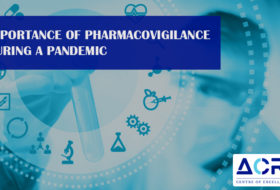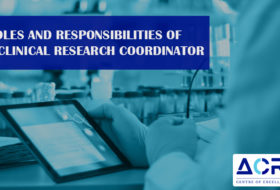A clinical study involves practicing research on a human volunteer; the results which are intended to be added to medical knowledge. Different drugs, procedures, and medical devices are tested that may treat new ailments, or use new methods to treat old ailments in a better way. This helps compare new medical approaches to ones that already exist. However, every clinical study is different from the other. This is because there are many variables that go into each individual study like different conditions and different phases. Clinical trials are conducted in different phases, with each phase serving a different purpose, and having different requirements for the volunteers.
- Phase 1 trials are the first tests of a new medical treatment with only a small number of volunteers. These tests last for several months, wherein 20-100 volunteers take part. The purpose of this phase is to find appropriate and safe dosage of a drug. The focus is on safety and tolerability of a treatment, which shows the safety profile of a treatment or drug. This safety profile will tell the researchers the safe dosages, and how the human body will absorb and metabolize, while also excreting the new drugs. Almost 70% of drugs move from phase 1 trials to phase 2.
- Phase 2 trials are much larger studies, which are conducted on much larger groups of volunteers. They last from several months to up to 2 years, wherein hundreds of people with the condition take part. Here, the drugs are tested for safety and efficacy.
- Phase 3 trials are large randomized trials that are submitted to the FDA for approval of the drug. They last for 1-4 years, where as many as 3000 volunteers participate. This large group participation gives researchers enough data to be able to determine if the medical treatment should be approved for general sale and consumption, or not. The main aim of this phase is to test the safety of the specific treatment, and take note of any adverse reactions. Only 25-30% of drugs tested will move on from this phase to the next.
- Phase 4 trials are conducted only after the new treatment has been approved by the FDA. Thousands of volunteers with the disease or condition participate here, where the safety and efficacy of the treatment is further tested.
With all these phases, a clinical trial process takes approximately 12 years to process from the time a new treatment goes from lab testing to the medicine cabinet within your home. But, not all medical treatments are successful. In fact, only 5 out of 5000 medical treatments make it to the stage of human tests, and out of those 5, only 1 is approved! Thus, every new medical treatment has only a 1 in 5000 chance to make it into your medicine cabinet. The entire approval process is controlled by the FDA.
You can clearly see how finding a new drug or treatment is such a lengthy and cautious procedure. But, the satisfaction that one receives after having approval is ultimate and unexplainable. If you wish to input your efforts and capabilities in serving your nation with the right treatments to save on a whole lot of people from sufferings, you must also take up clinical research as a career option. And for that, you need to get enrolled in one of the top clinical research institutes in Bangalore like Avigna Clinical Research Institute, where you can learn from professionals online, right from the comfort of your home, and achieve a legitimate certification that will help you move to huge heights in your career.










